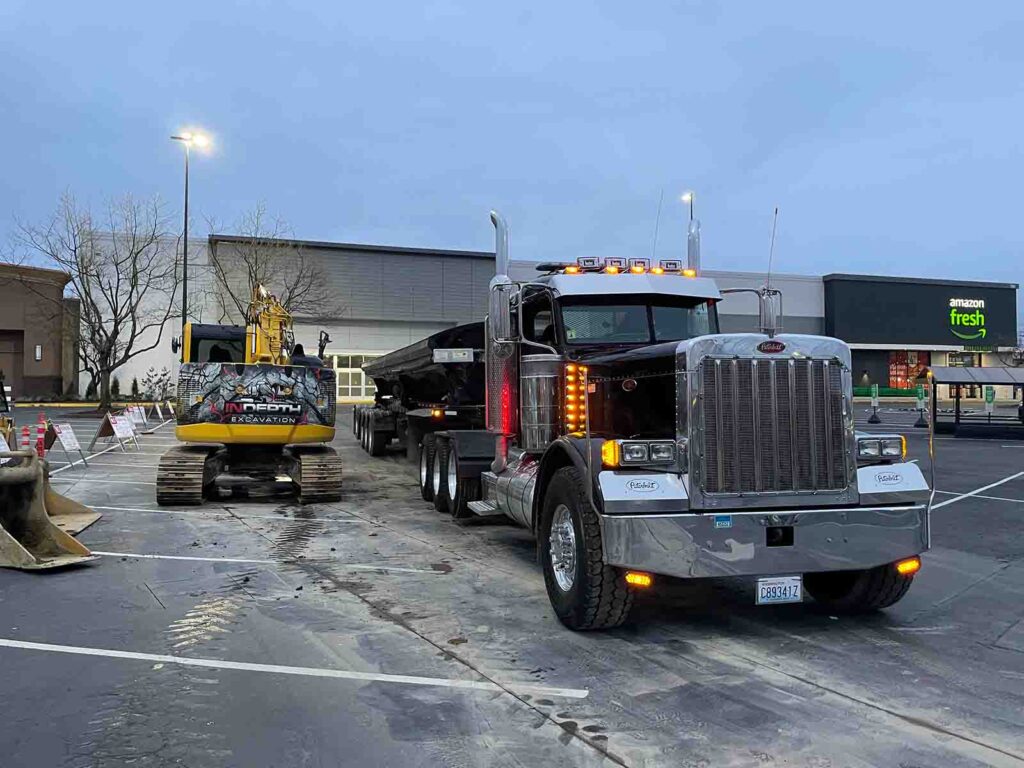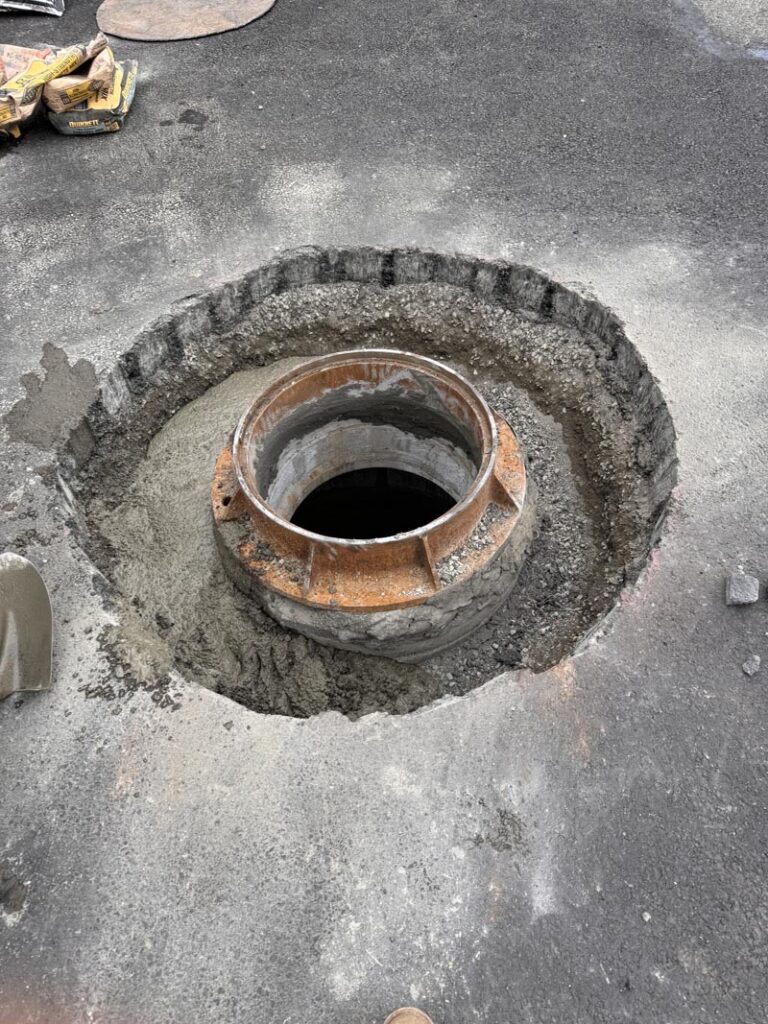
EXCELLENTTrustindex verifies that the original source of the review is Google. When we first met with Dillon and explained the overall objective of our project he suggested multiple approaches and we were impressed with his big picture thinking. To be quite honest, I had trouble visualizing the end product, but Dillon continued to assure me to trust the process and he was 100% right. Dillon and his crew worked tirelessly over the course of the project and we really appreciated him fitting us in his busy schedule. We had a few scope changes/additions along the way that were not always at the right time but Dillon was willing to accommodate and we appreciate his patience with us! He was very communicative throughout the entire process and we're very happy with the end product. I'd not hesitate to recommend Dillon and In Depth Excavation!Trustindex verifies that the original source of the review is Google. Dillon and the team at In-Depth Excavation were very knowledgeable, professional and great to work with. They were thorough, on time and finished my drainage needs as promised. Their work is next level and even cleaned up, I mean they even swept the street in front of my house! I would definitely use them again and highly recommend them to anyone needing drainage installation, upgrade or repair. These guys are AWESOME!Trustindex verifies that the original source of the review is Google. They did good work, easy to work with and flexible when we ran into some changes. I would use them again and would recommend them.Trustindex verifies that the original source of the review is Google. I have nothing but praise for IDE! Once we got the scope of work and the pricing worked out, Dillon got his crew lined up very quickly and they got to work on our large drainage project before the next rain expected on the following Monday. Ivan ran the crew; they started Friday morning and worked through the weekend to try to finish before Monday. They almost made it, but they had to worka half day on Monday to finish. It looks great and best of all it works! Rain on Tuesday showed good water flow through the new system. Dillon's crew replaced the last system we had installed 3 years ago that failed in about 18 months. That guy refused to fix it and we're in litigation with him currently. I feel confident that we won't have those issues with IDE, but time will tell.Trustindex verifies that the original source of the review is Google. Dillon is THE only way to go! Best money spent! He is smart, skilled, and experienced. Takes very good care of you and goes above and beyond. Very personable. Great pricing, actually far better than 2 other guys who came out. I had massive backyard cleanup, bought a fixer upper house that was let go last 20yrs. Backyard was overgrown by blackberry, ivy, brush. 30hrs later, its clear!Trustindex verifies that the original source of the review is Google. We hired them to excavate and create a walkway thru our 2 acres of woods. They also cleared another area for a planned fruit orchard and cleared and created a pad for an above ground pool. They made quick work of it all too! They gave us exactly what we asked for at a reasonable rate. They even built a little cedar bench with some stumps and cedar plank. Then cut out a little seat from a tree they fell. Gotta love the little touches and considerations. Highly recommended!Trustindex verifies that the original source of the review is Google. Dillon was very responsive in helping us solve the drainage issue on my property. I was thankful for his quick turnaround time to schedule and execute the job. He even took the time to come out over the weekend to avoid additional flooding for an incoming storm early that week. I would recommend his services to family and friends.Trustindex verifies that the original source of the review is Google. Dillon and his crew were responsive and professional. Great communication and worked with us to best approach our project. Would definitely use again!
Our storm drain services keep water moving where it belongs. We install catch basins, stormwater systems, and channel drains to manage runoff and prevent flooding. From pipe installation to leak repairs, we handle every step of the process. Planning, excavation, compliance… done. Here to help you protect your property.
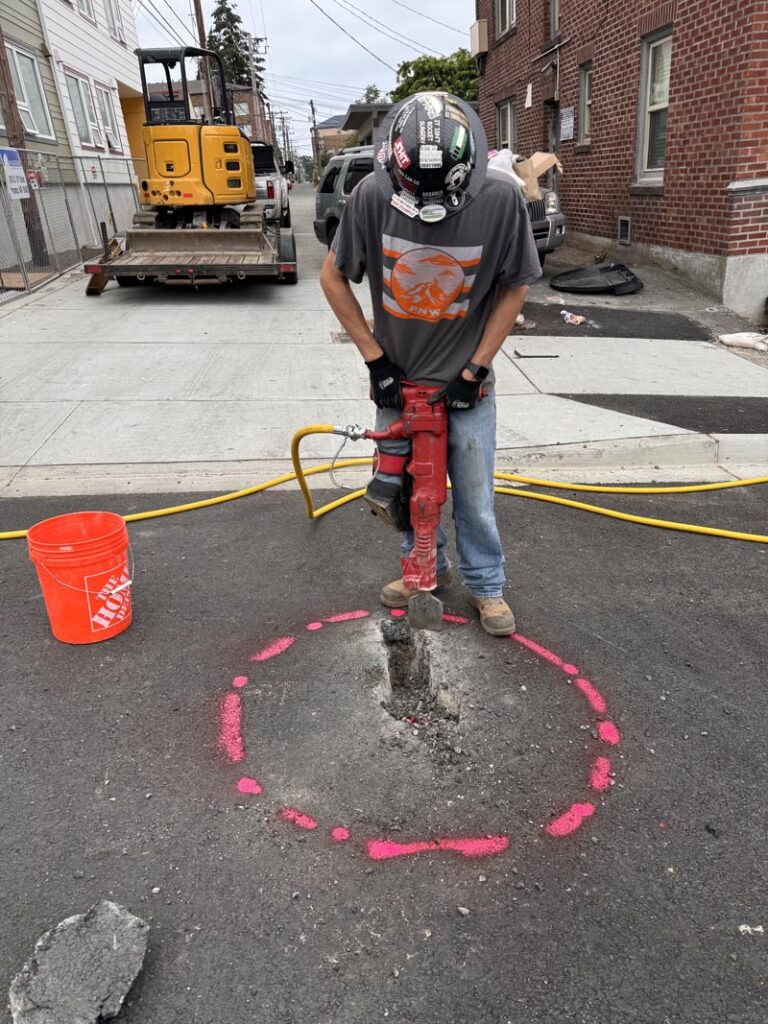
We make sure every client and contractor is happy that they called InDepth Excavation for their storm drain needs. We always complete your storm drain projects correctly the first time.
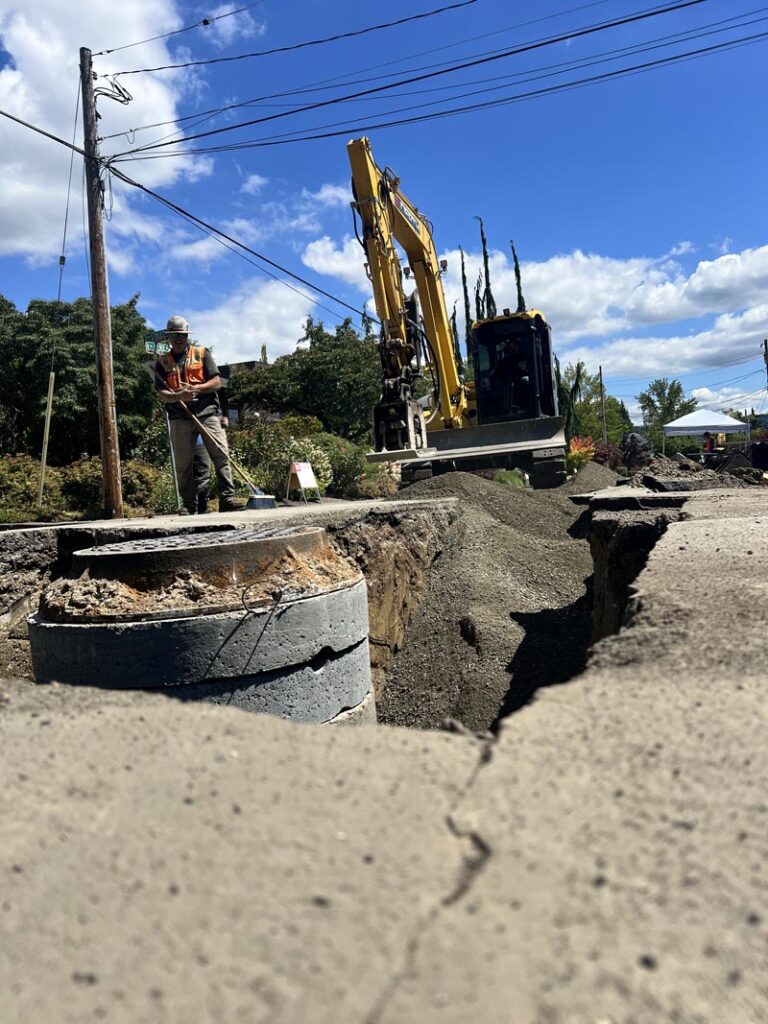

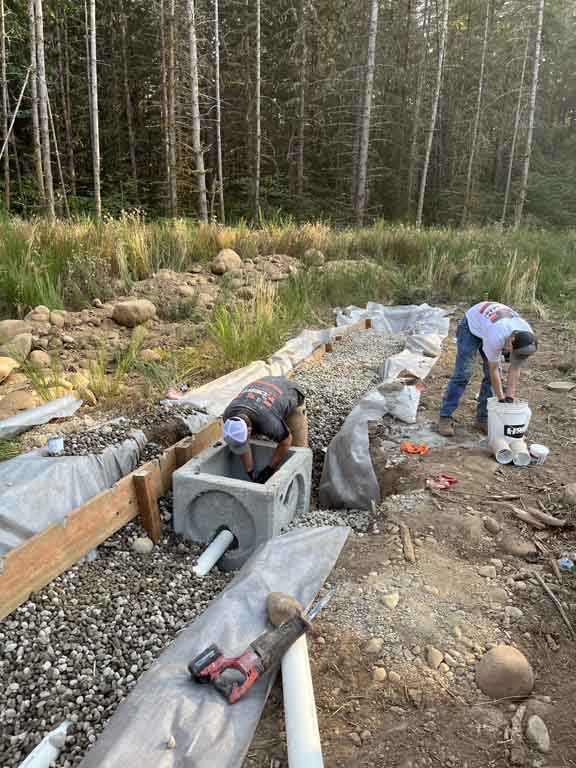
60 years of experience, one goal: keep water flowing. We install storm drain systems that handle heavy rain and tough conditions. Pipes, basins, trenches – done right, every time. We make sure everything fits together so your system works when it needs to. No leaks, no clogs, no worries.
From start to finish, we handle every step of the process. Planning, digging, installing: we make it simple for you. Whether it’s a small residential project or a large commercial job, we’ve got the tools and the know-how to get it done. Protect your property and keep water moving where it belongs. Built to stay.
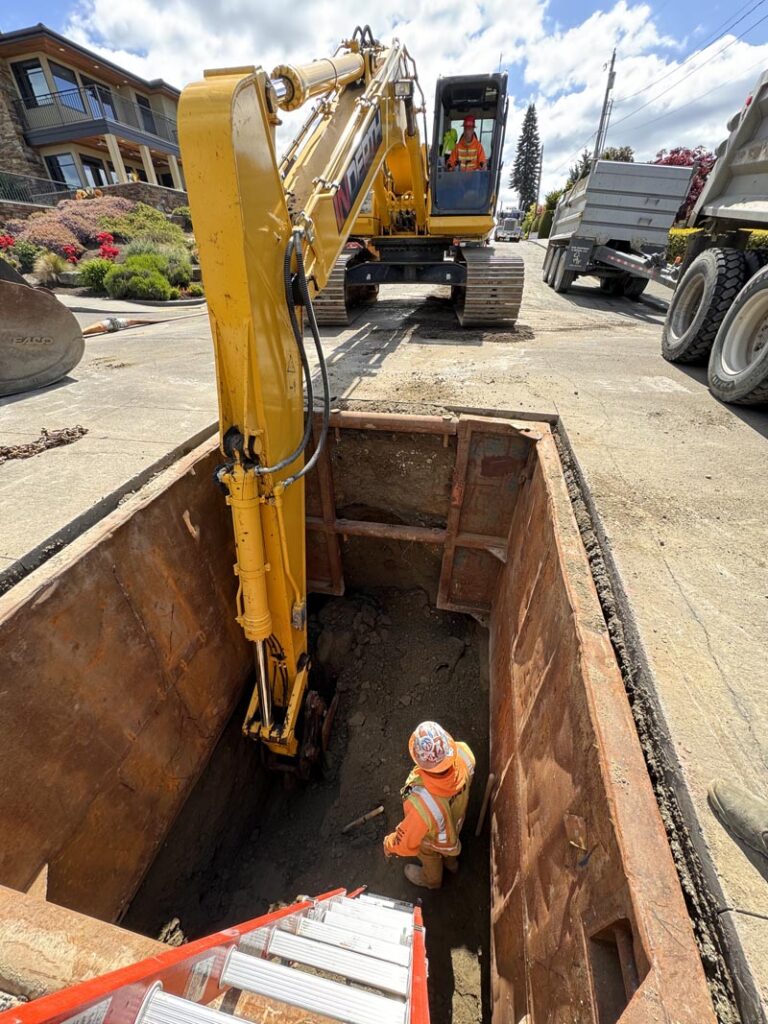
The cost varies based on the size of the property and the complexity of the system. Generally, it can range from a few thousand to tens of thousands of dollars
Storm drains should be inspected annually. Maintenance involves cleaning out debris and checking for blockages.
Expect excavation, pipe installation, and possibly some disruption to your yard or street.
Water typically flows into nearby waterways or underground systems. Maintain proper drainage by keeping the system clear of debris.
We provide storm drain services in Snohomish County, King County, and Skagit County, covering both residential and commercial projects.
